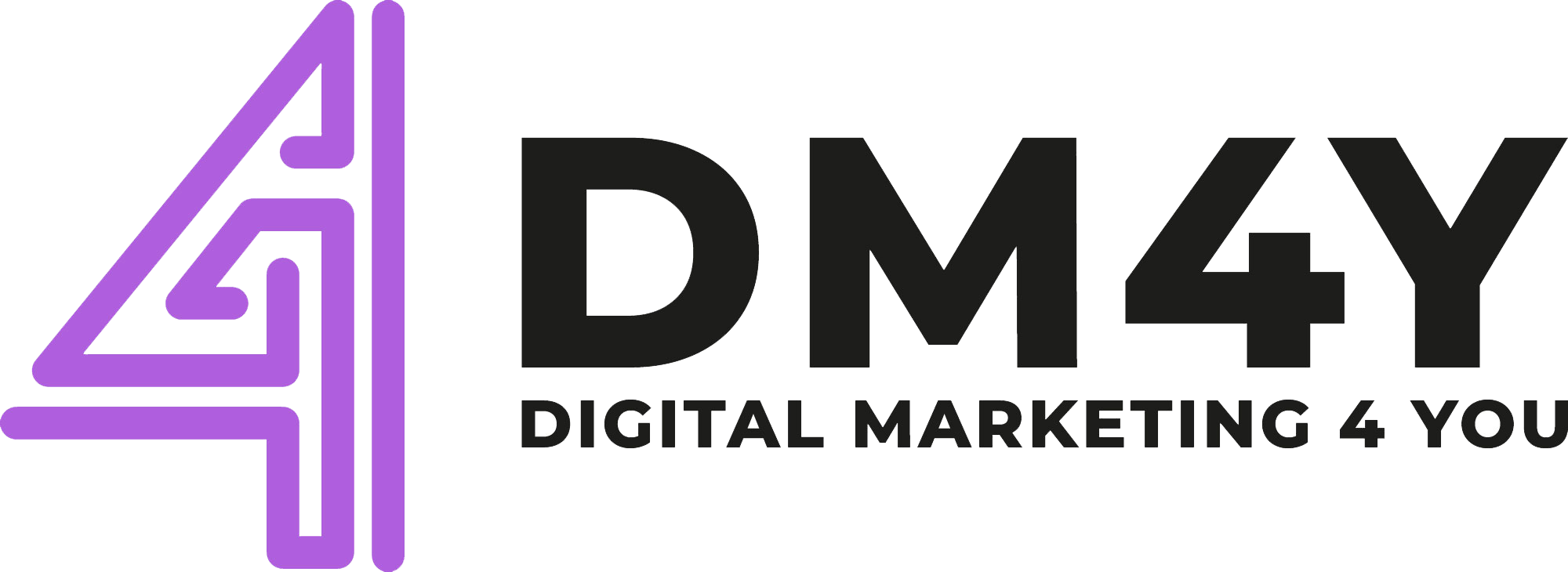When a person types something i.e., enters keywords in a search engine (Google, Yahoo, etc.), the pages having multiple links to different websites displayed on the screen in response to his query are the search engine results pages or SERPs. Now, Search Engine Marketing is a type of digital marketing through which the visibility of a particular website is increased on the SERPs through paid advertisements. These advertisements known as the Pay per Click advertisements appear on the top and right side of the screen, showing search engine results pages. Advertisers bid on their product-related keywords used by the websites. Also, every time a user clicks on an ad, the advertiser has to pay its publisher.
To understand this in detail, let us consider a scenario. A person who might be a potential buyer enters the keywords: ‘wooden furniture’ in a search engine. Thousands of websites match these keywords. However, only a few of these websites will appear on the first search engine results page (SERP). These first websites are those that are paid by the advertisers.
On the other hand, the ads of these advertisers will also appear on the top and corner of this SERP. These ads will either show a small textual detail or will be of product listing ads (PLAs) type having essential information along with a pictorial representation of the product. One thing to keep in mind is that all these ads will be related to the entered keywords, actually containing those keywords in their displayed description. Hence our potential buyer will not only find websites containing information about wooden furniture but will also come across ads from sellers having wooden furniture for selling.
Campaign Development
Even in the Search Engine Marketing system, the competition is increasing. Hence marketers are taking advanced measures in this field. This is where the concept of an SEM campaign development comes. Marketers collaborate with Google Ads, Bing Ads, or news feeds of social media networks, including Facebook, Instagram, YouTube, etc. for further promotion of their ads. It allows sellers to reach a more precise target audience; that is most likely to invest.
- Usually, when a seller is developing a joint campaign with these networks, they first conduct keyword research. In this research, they look for the words that are most related to their product, and especially those that have generated most buyers of such products earlier. These target keywords are then used in the campaign.
- Next, they search and choose a specific geographic location. This location is the one that encloses the highest number of potential buyers in it. The ads of these advertisers will be displayed explicitly on the screens of people living in the selected geographic location.
- When the users click on the ads, they must be lead to some more detailed description. Hence landing pages or at least some text-based ads are created in advance for further search results. These pages are usually not very heavy i.e., they load very quickly and have enough information to grasp the buyer’s attention. Hence they contain a call-to-action and provide a URL that leads to the hyperlink.
- After everything is decided, sellers always have to bid for a reasonable price that they are going to pay each time their ad will be clicked on by the users.
Such campaigns are incredibly productive in attracting confirmed buyers and thus are now being highly used by all the leading brands of the world.
Having considered all the above information regarding Search Engine Marketing, its use of Pay per Clicks, and the development of an SEM campaign, we cannot deny their following overall benefits:
Improved brand awareness/ brand loyalty/ authority
Huge multinational companies are investing more and more in Search Engine Marketing because the recognition that a product can achieve though its use is unparalleled. Sellers can secure an improved brand awareness, brand loyalty, and authority through SEM.
Brand awareness is achieved through SEM’s capability of improved visibility online. As we have already discussed, SEM and PPC allow more visibility in search engine results. Hence the product details are efficiently displayed on the fundamental phase of internet usage. It is the primary source of searching for any information online. Providing short ads right there results in more awareness among people regarding the concerned product. Once there, links then take the job, leading the audience to the other necessary details.
Search Engine Marketing enables advertisers to build brand loyalty among buyers. Brand loyalty means once a buyer purchases your services, and they keep coming back to you i.e., instead of looking for newer sellers, they trust your services for future investments too. Through Search Engine Marketing, advertisers can employ trusted websites or social media pages to show their ads. This removes the fear of scam from people’s minds. People also consider Google itself as a trusted source. Links leading to a more detailed description of ads further confirm their trust in a brand.
Again, Search Engine Marketing dramatically adds to the brand authority by their association with well built trusted platforms like Google. People realize that the ad is from an authentic seller.
Healthier customer satisfaction
In addition to working from a trusted platform, Search Engine Marketing helps you to achieve even healthier customer satisfaction through the use of Search Engine Optimization (SEO). After entering the keywords, customers get the exact information they were looking for, they become delighted. So SEM and PPC ads not only provide general information but give the concerned or needed information.
Engage with your customer
Winning customers’ hearts is also crucial when it comes to marketing. Marketers are not just intent on displaying their products, but also on securing their customers. Search Engine Marketing systems allows them to interact and engage with their customers. Pay per Click ads mostly contains phone numbers of the sellers, hence enabling direct contact with them. They even display the address of shops and outlets in case if someone nearby wants to visit. Marketers are now also using surveys like those you see in YouTube ads, to evaluate the exact needs and expectations of their buyers. If it were just the ads, people would never have trusted in digital marketing. But this sense of reaching out to the marketers and having a say in their campaigns helps to gain a mark of trust from customers’ side.
Targeted audience
Millions of people use the internet at a time. Not all of them are buyers of your services. Search Engine Marketing uses four types of target systems to grasp the attention of just those who are intent on investing. This desired audience is achieved through first through the Search Engine Optimization system. Keywords initially drag the related audience, and all irrelevant people are cut off. Secondly, while the campaign development is done, all the ‘negative keywords,’ i.e., those words that might attract the wrong audience, are also removed. Hence the audience circle becomes even smaller. Then its further condensation to achieve just the right buyers is made through the following option:
- Location targeting: this helps sellers to specify their geographical locations.
- Device targeting: the displayed ads depend on the type of device being used by the buyers. Again, this option is highly customized by marketers.
- Demographic targeting: this allows choosing the audience concerning their age or their gender for each specific product.
- Ad schedule targeting: this helps the sellers to choose and display their ads on those specific days and times in which peak purchasing activity is observed.
Increased traffic
Search Engine Marketing and Pay per Click ads undoubtedly result in the most substantial possible traffic. This is because this system of digital marketing uses the essential component of the internet i.e., the search engine. Whatever kind of information a person needs, his first step is always to open the search engine and type his query there. People never open their Facebook app to search for topmost furniture brands, right? So nothing could have been more efficient then this feature of SEM in gaining more traffic.
Cost-effective
Studies have shown that Search Engine Marketing is much cost-effective as compared to the marketing done through traditional media channels. Television audience includes diverse sort of audience, and most of them are in search of entertainment, not products. While in SEM, marketers don’t need to worry about their investment getting wasted on fruitless ad displays securing no buyers. It is all about a well-planned and researched strategy that makes SEM so successful.



